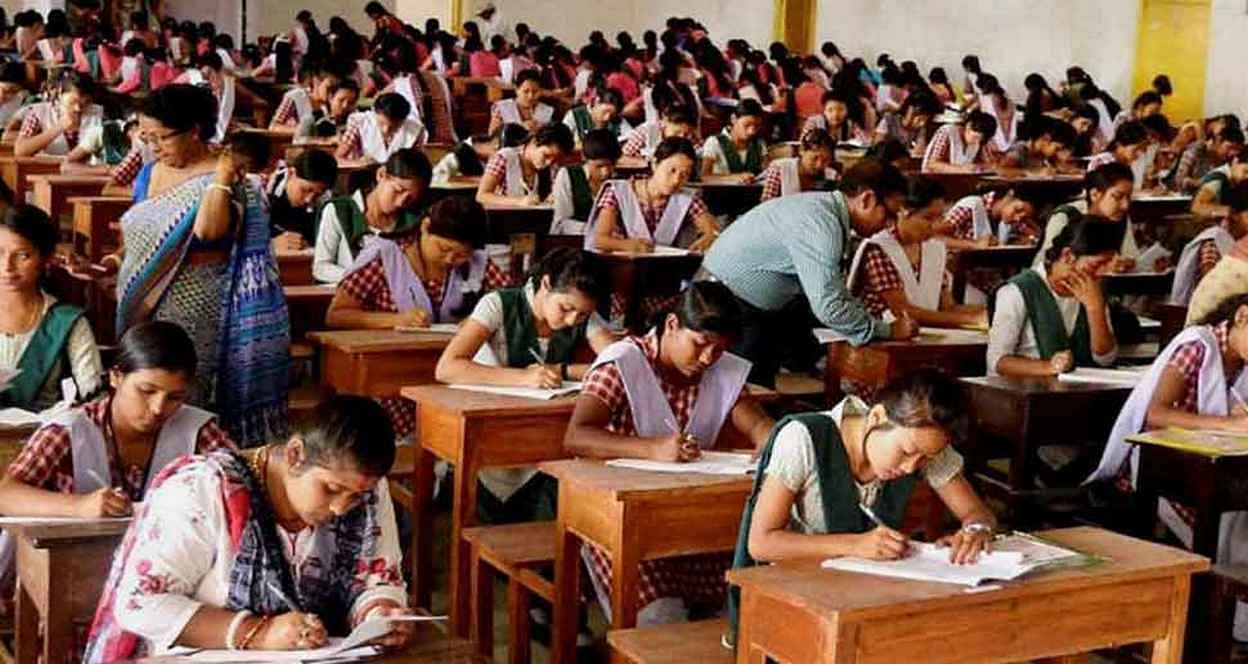
According to a majority of CBSE officials, students in classes 10 and 12 might receive official sample exams for the 22 and 23 boards this year much sooner than later. By the first week of September 2022, it is expected that the CBSE will provide Sample Papers for CBSE Boards on their Academic website, disclosing the most recent paper pattern and blueprint.
Since this session has been largely offline for all students, CBSE needs to announce the final changes in the paper pattern as soon as possible. This will allow students and teachers to start preparing for the pre-board exams, which are expected to start in November or December 2022, with at least 6-7 weeks to spare.
Expected Paper Pattern & Style of Questions:
In most subjects, at least four case-based questions with a mix of objective and subjective questions may be asked. Under each case study, they are expected to have MCQs, VSAs, and SAs as sub-parts of the major questions.
Many Real-Life Situation-based questions that are both objective and subjective follow. These questions are known as competency-based questions. According to CBSE Circular ACAD 57/2022, they will make up 30% of the exam's questions.
For chapter-by-chapter practice on this exact pattern, a resource book containing all of these case-study, real-life, and competency questions has been published in collaboration with Educart.
The sample papers and question papers are expected to have between 35 and 38 questions for the majority of subjects, with a mix of objective and subjective questions.
This is deduced from the trend from the prior year (before COVID), which appears to be repeated from this session onward.
The Term 2 paper made it evident that the level of questions had been reduced to help the students in adjusting to a completely new pattern.
But ever since the start of the current session, the pattern has resembled that which previously existed to Covid. The syllabus has been condensed, but the emphasis on conceptual thinking and inference-based questions has increased. Consequently, it is expected that the questions' level of difficulty will be increased as well.
By carefully examining these predictions, we may conclude that students should now focus on the chapter-by-chapter practice of those questions (competency and real-life based) that are relevant and make sense in light of the most recent paper pattern.











